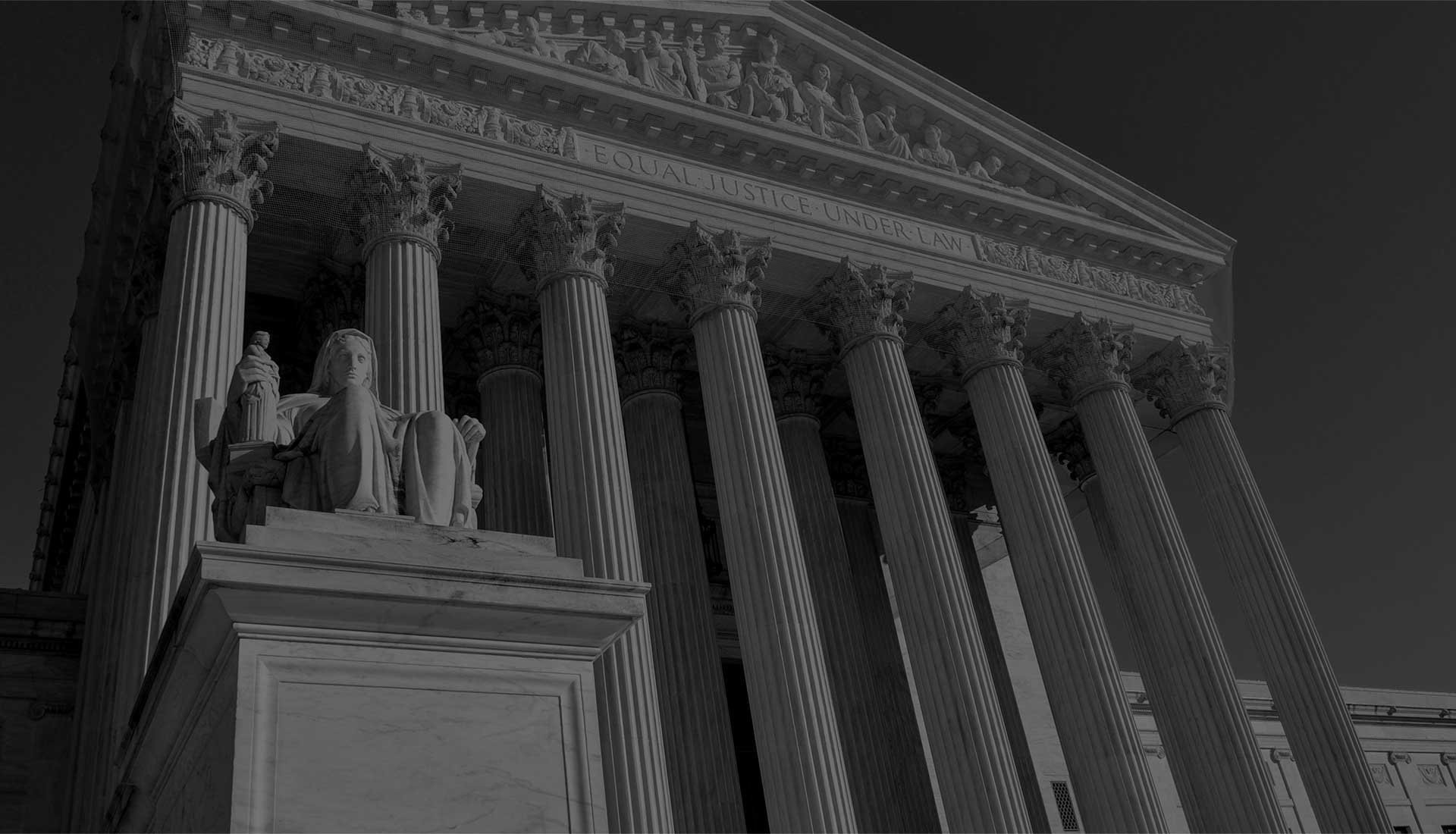Alcohol-Fueled Car Crash Kills Two

The New Year is off to a deadly start in the Bluegrass State, as the first fatal vehicle collision of 2017 occurred in the early morning hours of New Year’s Day.
Authorities state that an alcohol-impaired woman, whose name was not released, lost control of her SUV near the intersection of U.S.Highway 421 and State Highway 3447 (Morrill-Kerby Knob Road) just south of the Madison County line. Her out-of-control vehicle crossed the centerline and smashed head-on into a passenger car, instantly killing both 58-year-old Lloyd Sparks and 51-year-old Randall Sparks. The female SUV driver, along with her 10-year-old nephew, were both seriously injured and rushed to nearby hospitals.
Investigators spent several hours looking for clues before re-opening the roads.
First Party Liability in Alcohol-Related Vehicle Collisions
Over the last ten years, alcohol-impaired drivers have killed more than 2,000 Kentuckians, and that figure is well above the national average. Advocates say part of the problem is that the Bluegrass State is one of the only jurisdictions that does not require at least some DUI offenders to install ignition interlock devices in their cars. Moreover, as a general rule, semi-rural areas tend to have high alcohol-related crash rates, because there are many two-lane highways.
To obtain compensation in court, victim/plaintiffs must prove negligence, or a lack of reasonable care, by a preponderance of the evidence (more likely than not). Many cases involving alcohol-involved vehicle collisions rely on circumstantial evidence, such as:
- An odor of alcohol on the driver,
- The driver’s bloodshot eyes, and
- Erratic driving before the crash.
In the above story, crossing the centerline certainly qualifies as “erratic driving.” Even though these facts really only prove consumption, since impairment starts with the first drink, any evidence of consumption is normally enough to prove that, more likely than not, the tortfeasor (negligent driver) was impaired.
If authorities charge the tortfeasor with DUI, the negligence per se (negligence “as such”) rule makes it easier for victim/plaintiffs to prove negligence in vehicle collision cases. Rather than proving all five elements of a traditional tort case, victim/plaintiffs must only establish that:
- The tortfeasor violated a safety law, like DUI, and
- That violation proximately caused the victim’s damages.
If the tortfeasor was heavily intoxicated, the victim may be entitled to additional punitive damages, on top of compensatory damages.
Third Party Liability in Alcohol-Involved Vehicle Collisions
If the tortfeasor is uninsured or underinsured, an applicable third party liability theory helps victims obtain the full measure of damages. Kentucky has a limited dram shop law which holds bars, clubs, restaurants, and other commercial providers liable for damages when their impaired patrons negligently cause damages in vehicle collisions, bar fights, and so on. For liability to attach, the victim must prove that the commercial provider knew or should have known that “the person served is already intoxicated at the time of serving.” The same circumstantial evidence discussed above to prove that a tortfeasor was impaired is also sufficient to prove that a patron was intoxicated.
For prompt assistance from an experienced persona injury attorney in Cave City, contact Attorney Gary S. Logsdon today, because you have a limited amount of time to act.

